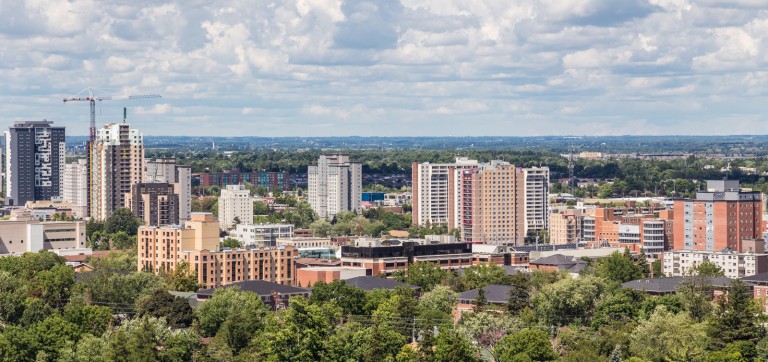Dan Herman
COLUMNIST
A quick drive around Waterloo might leave you with the impression that we’re undergoing a major population boom. Whether it be the handful of new condos and apartments being built in the uptown core, or the ongoing forest of student-oriented condominiums sprouting out along University and King, mattress manufacturers should be doing well going forward.
That is if there’s anybody to live in these new homes.
As the City’s Town and Gown committee recently presented as part of their student housing working group, the city currently has a surplus of over 1,200 student beds. This could grow significantly as over 7000 additional beds are currently in process or have been given approval. Current demand for student housing comes in at just over 31,000 beds of which approximately 10,000 are covered by on-campus student residence. Given that student enrolment is likely to grow only very minimally in the near-future, what’s to become of this burgeoning supply?
In a properly functioning market what should happen is that prices for rental accommodation drop, creating a significant incentive for students who live outside of the core to move into it. However as current plans for the Northdale neighborhood attest, foresight with regard to mixed-use and the integration of commercial, residential and recreational space can produce very liveable communities. Moreover, this increased supply of beds around the two universities may mean an increased supply of single family homes for non-students tenants. While this might derail extra income for homeowners who have relied on students to rent their properties, it might also help revitalize neighbourhoods which have seen families and non-student tenants flee in the face of student encroachment.
The development of an effective light-rail system will open up significant new areas of the city and region for commuter traffic to and from the university zone. Why pay $700 for
a room if you can live in downtown Kitchener for $450 and quickly commute in?
While proximity matters, access to amenities and culture means many will choose to live outside of the core. In which case, we’re back to our major surplus. Now to some degree this is a problem for developers and property owners. And eventually I’ll assume that a market dynamic will kick in and students will get to keep more of their cash. If that dynamic doesn’t kick in, however, perhaps we can take a page from communities around the world that build and convert traditional apartment style accommodations into multi-floor units for families and young professionals.
Ultimately, the perception that student accommodation is easy cash is coming to an end. What matters more, however, is how our community evolves with these changes.

